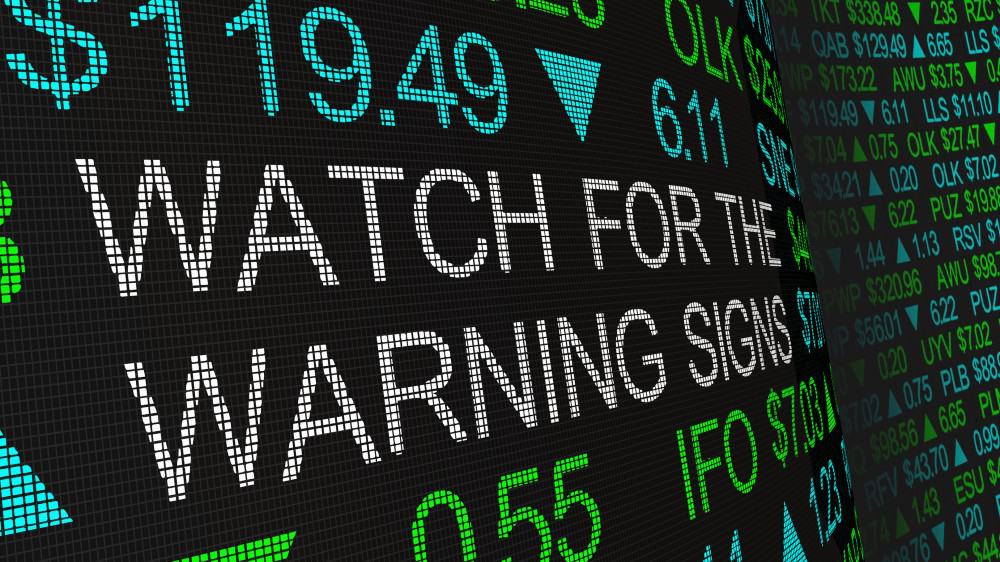Canadians are expected to endure a dour Thanksgiving holiday in the early part of October. The COVID-19 pandemic has spurred governments to restrict the aspects of our life we may have taken for granted. Leaders have put a cap on social gatherings in a bid to contain an outbreak.
This means that many Canadian families will be under pressure to limit their usual Thanksgiving celebrations this month. Worse, a second wave of COVID-19 has the potential to spark another market crash.
Today, I want to look at three stocks worth buying ahead of a possible market crash. In the spirit of Thanksgiving, I’m going to zero in on equities in the grocery retail space. Grocery retailers have continued to provide essential services during this pandemic. All things considered, at least Canadians can still gorge themselves on the Thanksgiving weekend.
This top grocer is worth owning in a market crash
Metro (TSX:MRU) is a Montreal-based food and pharmaceutical retailer. Its shares have climbed 20% in 2020 as of close on September 30. This stock has managed to stay in the green during a brutal year for retailers and offers a dividend. Investors should feel good about owning Metro if they fear another market crash.
The company released its third-quarter 2020 results on August 12. Food same-store sales increased 15.6% year-over-year, while pharmacy same-store sales only posted 1% growth. Meanwhile, adjusted net earnings climbed 18.2% from the prior year to $272.3 million. Expenses related to the COVID-19 pandemic totaled $107 million.
This stock still possesses a favourable price-to-earnings ratio of 20 and a price-to-book value of 2.6. It last paid out a quarterly dividend of $0.225 per share, which represents a modest 1.4% yield.
Why you should add the country’s biggest food retailer
Loblaws (TSX:L) is the largest grocery retailer in Canada. Its stock has increased 5.5% so far this year. However, shares are down 5.9% in the year-over-year period. Regardless, it is still a worthy target for investors expecting another market crash.
In its second quarter 2020 results, the company delivered revenue growth of 7.4% to $11.9 billion. Food same-store sales rose 10% from the previous year. However, adjusted EBITDA dropped 13.5% to $1.01 billion.
Loblaws last announced a quarterly dividend of $0.315 per share. This represents a 1.8% yield. Its stock possesses a P/E ratio of 25 and a P/B value of 2.2. Loblaws is still in solid value territory relative to industry peers.
One more stock to own ahead of a market crash
Empire Company (TSX:EMP.A) is another top Canadian food retailer. It has put together the strongest performance of its peers. Empire stock has climbed 28% in 2020. The company is a great target ahead of a potential market crash.
Same-store sales excluding fuel climbed 18% from the prior year. Earnings per share rose to $0.66 over $0.45 in Q4 2019. For the full-year, sales climbed to $26.5 billion compared to $25.1 billion last year. Better yet, adjusted EBITDA increased $816.2 million year-over-year to $1.89 billion. Project Sunrise, which aimed to bolster its overall business, has been a stunning success.
The company last increased its quarterly dividend of $0.13 per share, representing a 1.3% yield. Moreover, its shares last had an attractive P/E ratio of 16 and a P/B value of 2.5.









